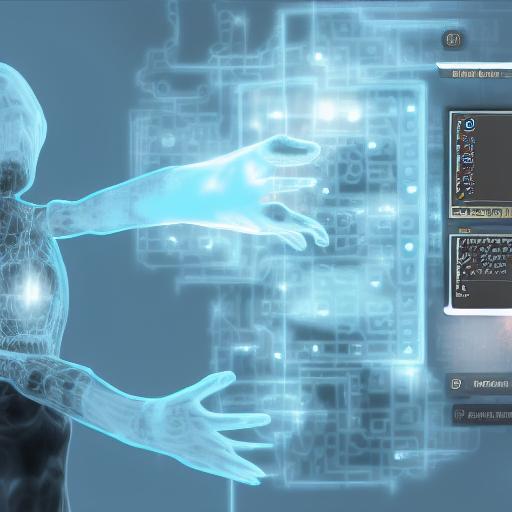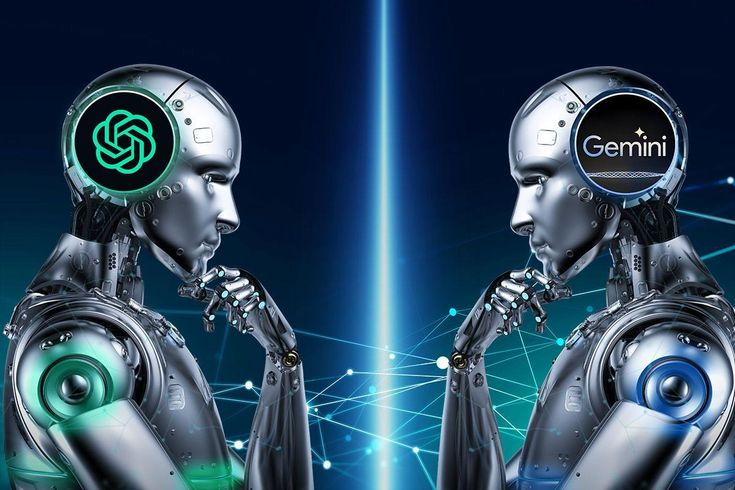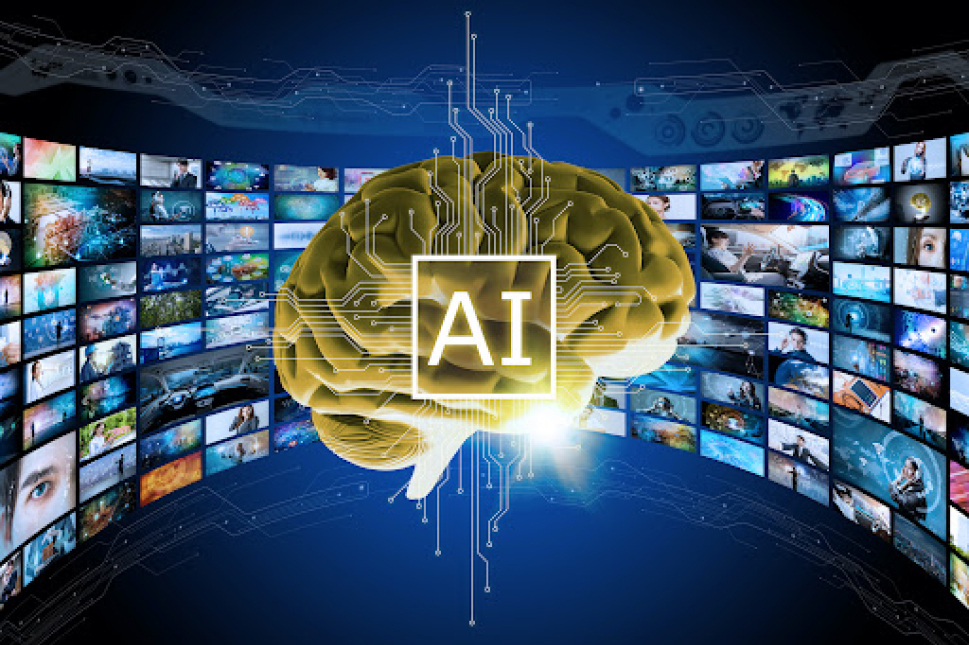RAG stands for Retrieval Augmented Generation. It is a subsidiary of LLMs where you feed a model your knowledge base and use its pre-trained capabilities to engage to add that knowledge base in your LLM.
The workings of RAG involve a series of intricate processes designed to seamlessly integrate the knowledge base with the LLM. Initially, the knowledge base is fed into a vector database where the information is encoded into numerical representations. These vectors are then embedded and fed into the LLM, allowing it to process and analyze the given data effectively. By leveraging the combined power of the knowledge base and the LLM, RAG enables users to pose complex questions and receive insightful answers derived from a wealth of information.
Working
- The knowledge base is fed into the vector db
- The vectors are then embedded
- These embeddings are then fed into the LLM (knowledge base)
- The LLM then can process and analyse your given data and answer questions from it.
Although there are multiple ways through which RAG apps can be created and modified, the easiest and trending method is using LangChain. For vector db, pinecone is the most famous option out there. For embeddings, there are multiple options such as Hugging face embeddings, tiktoken and it is also possible to create your own embeddings, but it won’t have much complexity and token range.
Fine-tuning
Fine-tuning should not be confused with RAG. However, both terms are similar and closely related. Fine-tuning means retraining the model with custom parameters or specific parameters such that its usage and the knowledge-base can be complementary to each other.
One way of fine tuning an LLM is PEFT, which stands for parameter efficient fine tuning. This means retraining only the weights that are related to our use case instead of retraining the full model all over again.
Fine-tuning plays a crucial role in optimizing the performance of RAG models. Although distinct from RAG, fine-tuning involves retraining the model with custom parameters tailored to specific use cases. Parameter Efficient Fine Tuning (PEFT) offers a streamlined approach to fine-tuning by selectively adjusting relevant model weights without retraining the entire model from scratch. This allows for greater flexibility in adapting the LLM to different knowledge bases and user requirements.
Prompt Engineering
Prompt engineering is a relatively new term and it is a very important skill when it comes to getting desired outputs from the LLM. This means specifically designing an input prompt that has all the required details but not excess information. This prompt can optimally guide the LLM to generate a desired output.
Prompt engineering emerges as a key skill in maximizing the effectiveness of RAG models. By crafting carefully designed input prompts, users can guide the LLM to generate desired outputs with precision and efficiency. Whether generating content for blogs, speeches, or refining existing text, a well-engineered prompt ensures optimal performance from the LLM, resulting in more accurate and contextually relevant responses.







